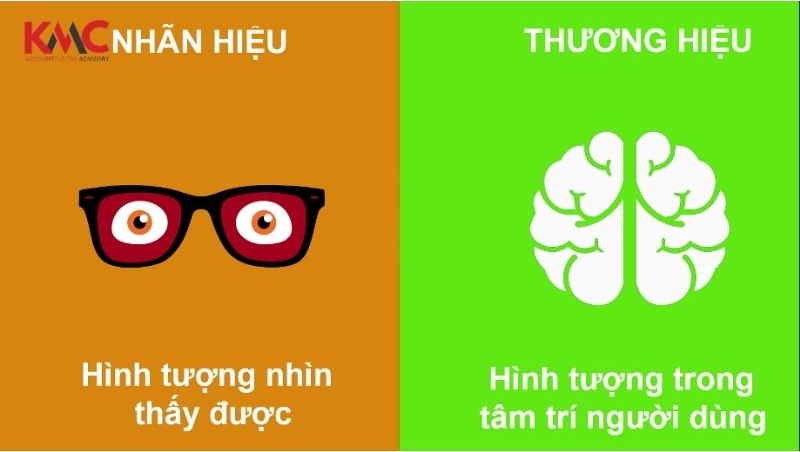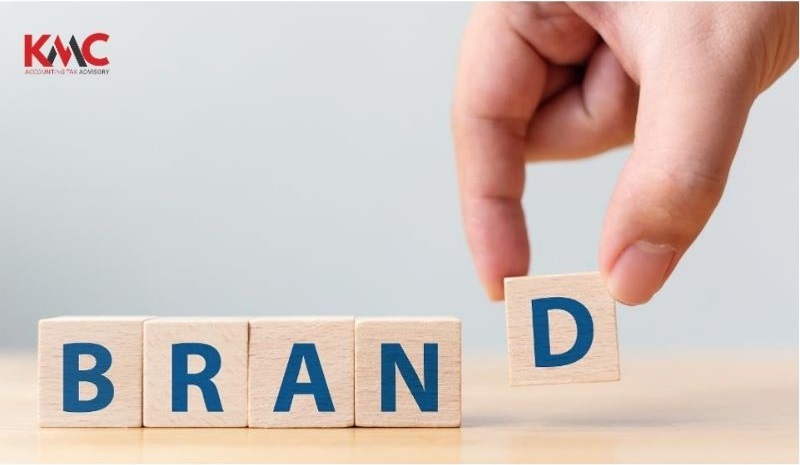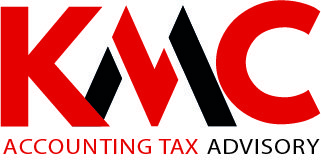Trademarks and brands remain two commonly confused concepts. To help business leaders clearly differentiate and interpret these terms, KMC presents a comparative analysis between trademarks and brands, highlighting their similarities and differences in order to draw a practical conclusion and recommend optimal strategies for businesses.
Comparison Between Trademarks and Brands
Similarities
- Both trademarks and brands are used to identify a company’s goods or services in the marketplace.
- Both are tangible business assets that generate significant economic value for the enterprise.
Legal Nature
- Trademark: A tangible asset defined under Article 4 of Vietnam’s Intellectual Property Law (2005, amended in 2022). It may consist of words, images, or colors that have been registered and granted legal protection by the National Office of Intellectual Property (NOIP). For instance, the “Toyota” logo on vehicles or Apple’s bitten apple symbol are both registered trademarks.
- Brand: An intangible asset formed through customer experience. There is no legal document certifying the credibility or loyalty associated with a brand. For example, Unilever – a multinational conglomerate owning hundreds of trademarks such as Omo and Sunsilk – has built its brand through consumer trust in quality and corporate social responsibility.
Key Differences Between Trademarks and Brands

The following is a comparison table between trademark and brand, providing detailed information on the differences between the two concepts: trademark and brand.
Criteria | Trademark | Brand |
| Form | A trademark must be a visually perceptible sign: letters, numbers, words, images, 3D forms, or a combination thereof, in one or multiple colors. | A brand is intangible and not easily perceived visually. It includes elements such as product quality, design, packaging, service attitude, pricing, and customer perception. |
| Legal Protection | Legally protected through registration certificates. | Not directly protected by law. |
| Validity Term | Valid for 10 years, renewable indefinitely in 10-year increments | May last indefinitely as long as the brand retains customer trust and usage. |
| Valuation Method | Valued based on registration or transfer costs. | Valued based on customer loyalty and market share. |
| Development Tools | Registration applications, protection certificates. | Marketing strategies, customer experience. |
| Infringement Risk | High risk of infringement as the signs can be copied for profit. | Difficult to counterfeit due to reliance on consumer trust and preference. |
Symbiotic Relationship: The Complete Lifecycle of Brand and Trademark
Understanding the difference between trademarks and brands offers a foundation, but in practice, they are not separate entities. Instead, they interact as two sides of the same coin. Their relationship develops in stages:
- Startup Phase: When a business is newly established or entering a new market, trademark registration is essential (e.g., product names, logos). This provides legal protection against counterfeit goods and disputes. (According to WIPO, 95% of commercial disputes in ASEAN stem from trademark conflicts.)
- Growth Phase: Brands and trademarks are developed through product quality and after-sales services (e.g., Panasonic’s 5-year warranty). Reputation gained during this stage enhances the commercial value of both the brand and the trademark.
- Expansion Phase: A strong brand facilitates the introduction of new product lines under the same trademark (e.g., Honda expanding from motorcycles to automobiles), leveraging existing consumer trust.
Why It’s Crucial to Understand the Distinction Between Brand and Trademark

Clear knowledge of both brand and trademark helps enterprises equip themselves with the necessary legal and strategic tools to build a successful brand identity. It also helps avoid common risks such as:
- Loss of Naming Rights: If a competitor registers the trademark first.
- Challenges in Counterfeit Prevention: Without trademark protection, businesses cannot request authorities to seize counterfeit goods.
- Wasted Marketing Budget: Investing in brand building without trademark registration may lead to loss of exclusivity when successful.
KMC has provided a comprehensive comparison to help distinguish between trademarks and brands. For startups and new market entrants, it is essential to register a trademark from the outset, while also developing a long-term branding strategy.
If your enterprise is facing challenges in trademark registration or needs a professional partner for brand/trademark development, contact KMC to receive:
- Trademark Search & Registration under Decree No. 65/2023/NĐ-CP
- Brand Valuation using the Discounted Cash Flow (DCF) method
- Cultural Adaptation Brand Strategy for the Vietnamese market
📞 Hotline: +84 91 988 9331 – Speak directly with top-tier lawyers and tax/accounting consultants at KMC.
View more:Market Penetration Strategy: A Tool for Optimizing Market Share for FDI Enterprises in Vietnam

